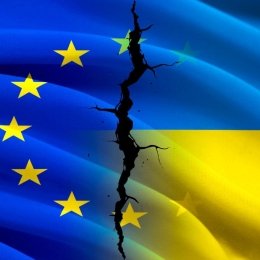- Norwich Blogs
- Blogs
- Russia Hedging Its Bets in the Red Sea (Part Two)
Russia Hedging Its Bets in the Red Sea (Part Two)
By Richard Moss
Disclaimer: These opinion pieces represent the authors’ personal views, and do not necessarily reflect the official policies or positions of Norwich University or PAWC.
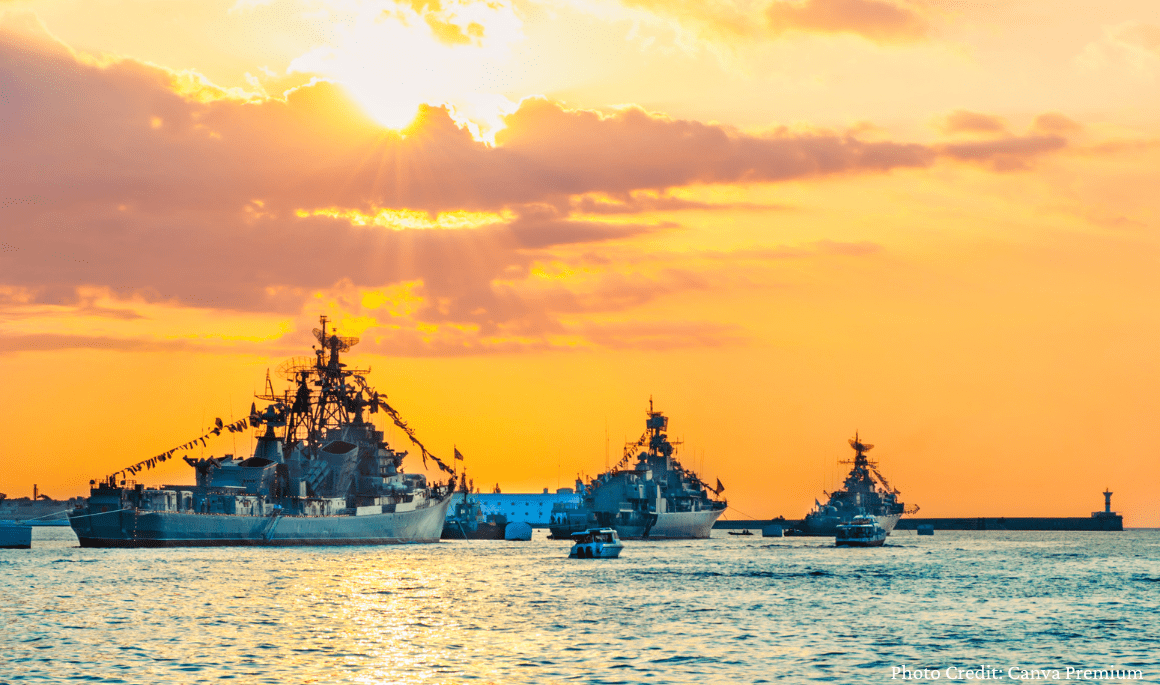
PART TWO: Looking North, Looking South
Disclaimer: This opinion piece reflects the author’s personal views and does not necessarily reflect those of the Department of Defense or of its components. The author thanks Professor William Murray, Mr. Christopher Fernandes, and Ms. Anna Davis for their feedback.
The first installment of this article examined Russia’s attempts to expand basing to the Red Sea, namely in Sudan and/or Eritrea. This second installment explores how Moscow is hedging its bets on the Red Sea by developing an alternative maritime route favorable to Moscow over the longer term, namely the Northern Sea Route (NSR) and the North-South Transport Corridor (NSTC).

The NSR and tilting to China?
The NSR hugs the northern coast of Russia through the Arctic Ocean and is, at present, only open several months a year due to ice. Temperamental weather and ice floes make navigation difficult. Time is money, especially with international shipping, and the NSR can hypothetically save shippers 2-3 weeks of travel time, with the attendant savings in fuel.
Despite its protestations about chaos in the Middle East, Russia tries to profit from higher oil and gas prices to circumvent sanctions and oil price caps imposed by the U.S. and other countries. Russia has long used accidents and conflict in the Middle East to promote its NSR as a potential alternative to the ‘southern routes’ for commercial traffic moving from Asia to Europe (e.g., through the Pacific and Indian Oceans to the Red Sea and the Mediterranean via the Suez Canal or around the Cape of Good Hope).
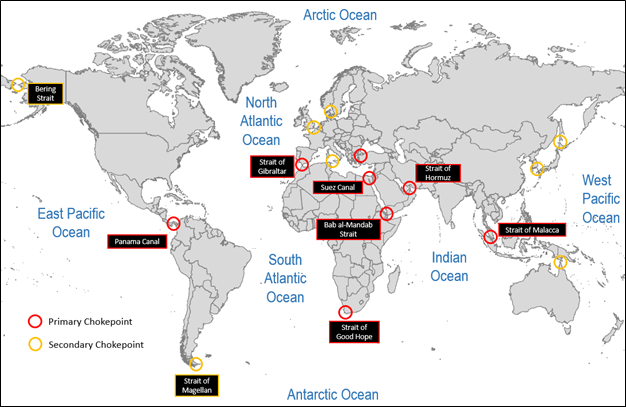
After a 221,000-ton container ship, the Ever Given, blocked the Suez Canal for a week in 2021, Vladimir Panov, a special representative of Rosatom, the Russian state-owned nuclear energy company in charge of the Arctic development, told Interfax: “The Suez precedent has shown how fragile any route between Europe and Asia is. Therefore, the development of alternative routes is essential to guarantee sustainable international navigation.” Rosatom, which manages Moscow’s fleet of icebreakers, expects the NSR to compete with the southern routes by 2035.
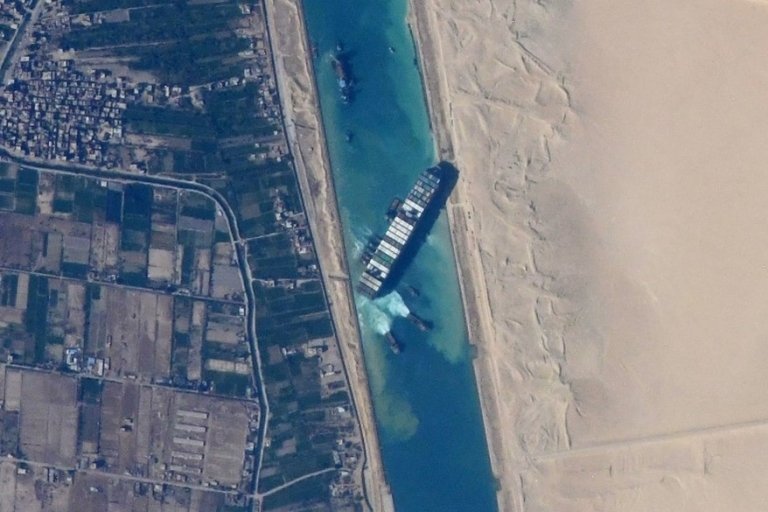
Despite year-over-year increases in shipping volumes, however, the NSR faces a number of challenges and tonnage has failed to meet Kremlin targets. According to the Barents Observer, the record shipment in 2023 of 36 million tons of cargo was still more than 20% short of the goal Vladimir Putin’s administration set in 2022 (10 million tons shy of the projected 46 million tons). Even though the Russian Ministry of the Far East and Arctic downgraded expectations in late 2023, the revised estimates still may be unrealistic, largely because Russia is unable to build the necessary icebreakers and ships that can operate in icy Arctic waters.
In addition, the effects of sanctions on the Russian energy sector due to Russian aggression in Ukraine, environmental challenges in the sensitive Arctic region, and the Russian government’s militarization of the region will almost certainly affect the viability of the NSR.
Moscow has redoubled its efforts to enlist Chinese capital in developing the NSR. In March 2024, Putin announced that Moscow and Beijing were ready to set up a joint working body to develop the NSR. After talks with Chinese President Xi Jinping, Putin stated, “Our countries are united by a long land border, so the formation of railway and road corridors in the direction of China-Europe and back through Russian territory remains an absolute priority to meet the needs of growing cargo and passenger traffic.”
A Moscow-Tehran Axis?
According to Nikita Smagin of the Carnegie Endowment for International Peace, Russia is using the conflict in the Red Sea to promote another trade route, in addition to the NSR: the North-South Transport Corridor (NSTC) that connects Russia to the Indian Ocean via the Caspian Sea and Iran. Although the route mimics Lend-Lease aid from the United States to the Soviet Union during World War Two, neither Moscow nor Tehran are appealing regimes with which to do business because they flaunt norms and remain bad actors on the international stage, let alone overcoming sanctions imposed on both countries.
Nevertheless, Moscow’s promotion of the NSTC likely reflects the deepening relationship between Russia and Iran. Iran has supplied weapons to Russia for the war in Ukraine, namely one-way attack drones (aka suicide or kamikaze drones) and, more recently, ballistic missiles like those Tehran has been supplying the Houthis. Russia has provided diplomatic top cover for Iran at the U.N. as Tehran continues to support violent proxies across the region, such as the Houthis.
Russia condemned an Israeli strike on April 1, 2024 that killed top Iranian Islamic Revolutionary Guards Corps (IRGC) officials at an Iranian embassy annex in Damascus, Syria, but did not condemn Iran’s purported retaliatory strike, a massive but ineffective missile and drone attack on Israel on April 14th. Further, Moscow claimed that Tehran was justified by acting in self-defense and called for “restraint.” (Israel reportedly then destroyed a Russian-made S-300 surface-to-air-missile system, possibly Iran’s best air defense system, in Isfahan, near an Iranian nuclear site, with pinpoint accuracy, according to The War Zone.)
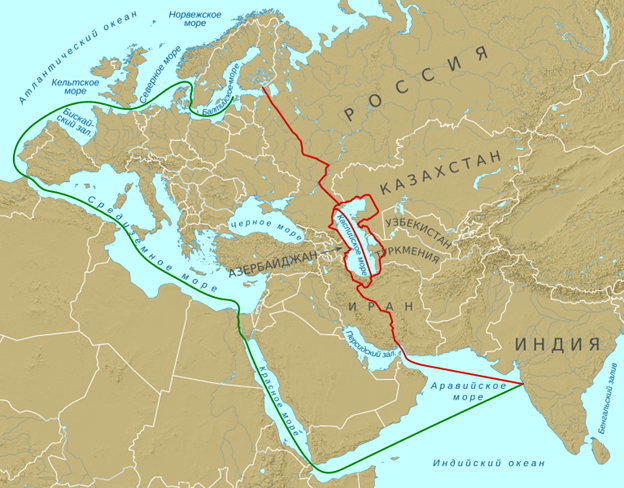
Conclusion
As Russia has stated in its revised maritime doctrine, one solution is for Moscow to hedge its bets by attempting to set up additional logistical support centers or bases near geostrategic chokepoints like the Bab al-Mandab, as described in part one. Moscow’s if-you-build-it-they-will-come mentality may work in the long term with both the NSR and the NSTC, but the immediate path forward faces numerous obstacles. For the NSR, Moscow is balancing the development of the route with its relationship with China and other Asian powers. For the NSTC, Moscow aims to build off a relationship with Tehran, which is mutually beneficial relationship for the time being. However, the ultimate effectiveness of these efforts probably will remain murky as long as Moscow has its political and economic capital tied up in its so-called special military operation against Ukraine.
Richard A. Moss, Ph.D. is an associate professor in the Russian Maritime Studies Institute at the U.S. Naval War College's Center for Naval Warfare Studies. He serves as the technical director of the Holloway Advanced Research Program and is writing on a short history of the post-Soviet Russian Navy with CDR Ryan Vest. Professor Moss also specializes in U.S.-Soviet relations during the Cold War and is an expert on the Nixon presidential recordings. He previously served as a government and contract military capabilities analyst with the Department of Defense and as an historian with the Department of State. The University Press of Kentucky published his book, Nixon's Back Channel to Moscow: Confidential Diplomacy and Détente, in 2017. Dr. Moss earned a Ph.D. and M.Phil. in History from George Washington University and a BA in History from the University of California Santa Barbara.



